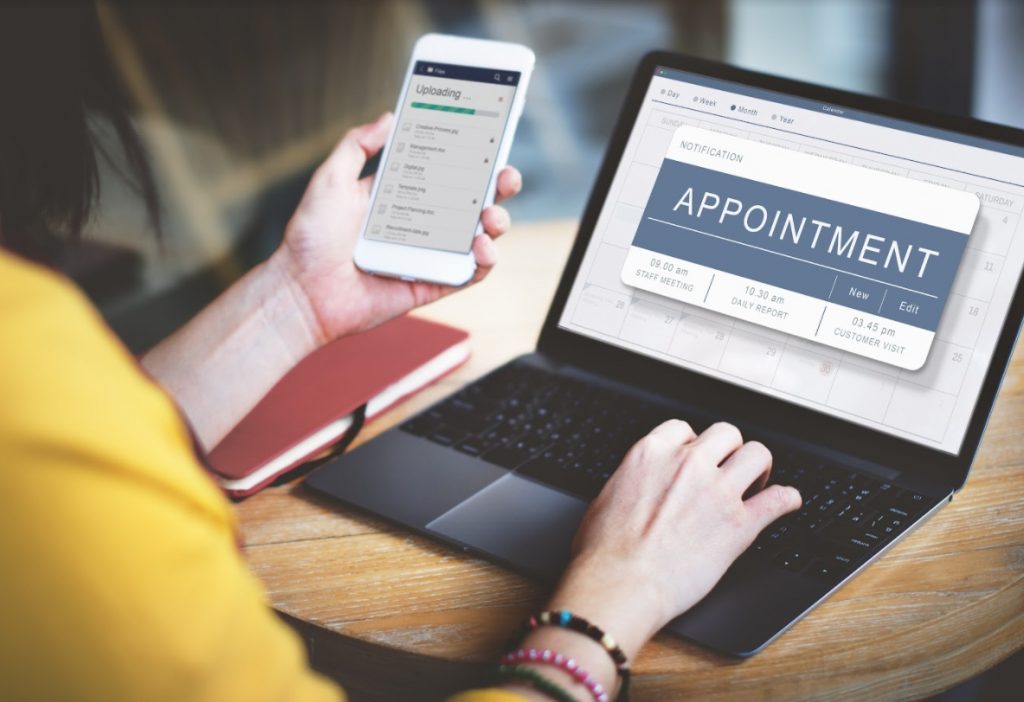You know the feeling—open slots, no-shows, late arrivals, and last-minute cancellations. Every practice deals with it. But once automated patient reminders are up and running, something changes. Actually, a few things do.
If your team is still relying on sticky notes and confirmation calls, switching to automated reminders won’t just modernize your workflow—it’ll actually change the way your practice runs day-to-day. Here’s what you can expect to see.
More Predictable Schedules
You’ll know sooner when someone can’t make it. That alone helps reduce last-minute chaos. With automated reminders, most patients get multiple gentle nudges—often starting days in advance. When reminders are consistent and convenient, patients are more likely to show up or cancel with enough notice to fill the gap.
Your front desk team will spend less time tracking people down and more time doing things that actually need a human touch. It’s not just about fewer no-shows—it’s about better flow.
Happier Patients Who Feel Supported
Automated reminders don’t have to feel robotic. The best systems let you personalize the message, send it via the patient’s preferred method (text, email, voice), and give them simple, friction-free ways to respond.
Patients appreciate reminders. They’re juggling work, kids, appointments, and a million other things. When their provider makes it easier to keep track, that builds goodwill. Even better? You’ll hear fewer “Oh, I forgot!” excuses and more “Thanks for the reminder!”
Fewer Phone Calls—and Less Hold Sound
Your staff will notice the difference right away. Instead of a backlog of confirmation calls, voicemails, and endless call-backs, automated reminders free up time. Many systems allow patients to confirm, cancel, or reschedule without ever picking up the phone.
Your front desk can shift from full-time phone duty to more meaningful patient interactions, in person and online.
Smarter Data and Insights
Once you go digital, you get data. You’ll see which types of appointments get canceled most often. You’ll know which days and times have a higher no-show risk. Over time, this lets you improve your scheduling strategy, tweak reminder timing, and spot patterns that might not have been obvious before.
Data-driven decisions don’t just improve efficiency—they improve care.
Better Communication Across the Board
Reminders are just the beginning. Once your team and patients are used to communicating this way, you can build on it: follow-up care instructions, digital check-ins, flu shot availability, balance due notifications—the possibilities grow.
Starting with reminders creates a foundation for a broader, more connected patient experience that feels modern and thoughtful.
The Bottom Line: Automated patient reminders don’t just save time—they shift how your practice operates. The results? Fewer no-shows, better use of staff time, and happier patients who feel seen and supported.

